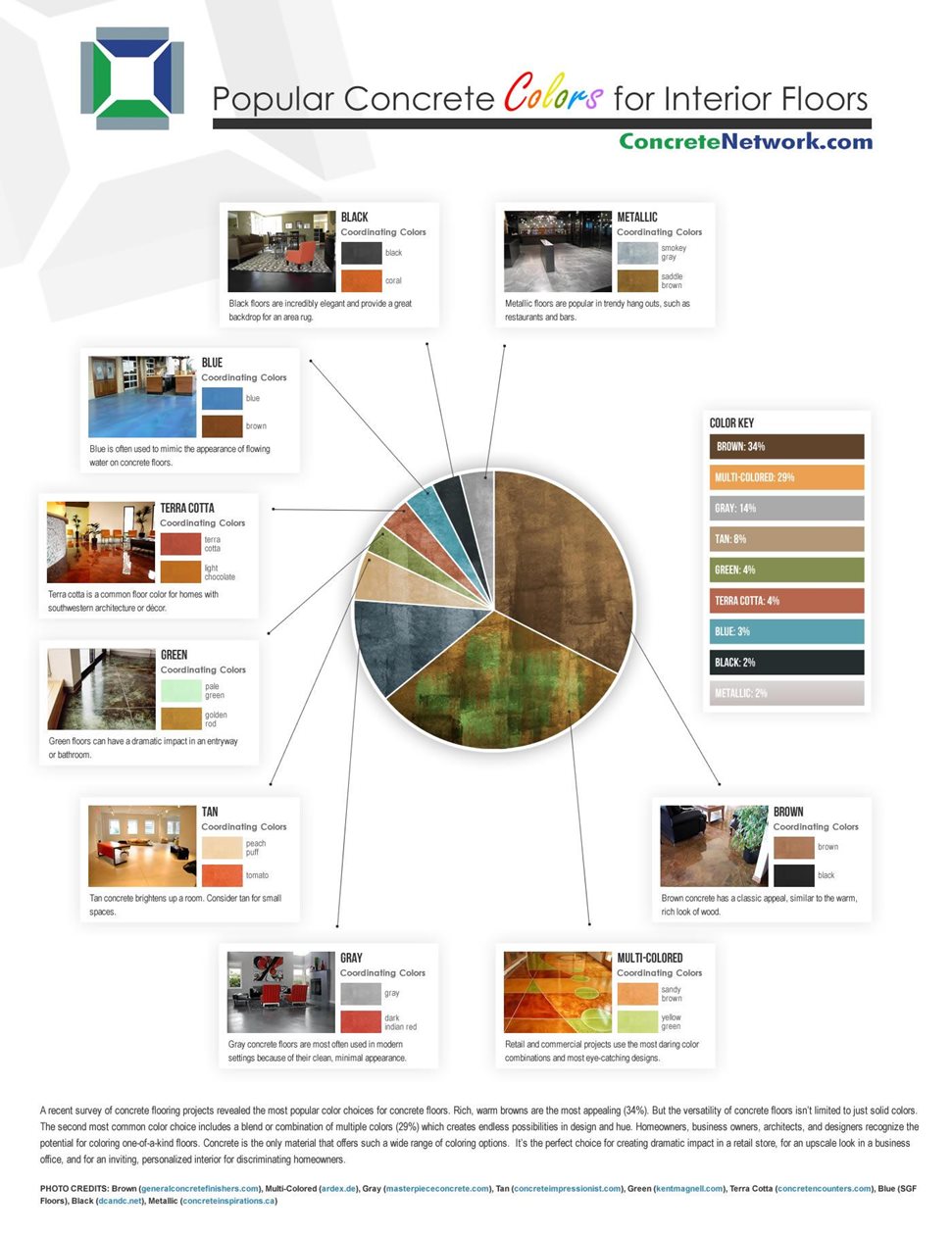Just How To Allocate Your Flooring Project: A Practical Guide
Just How To Allocate Your Flooring Project: A Practical Guide
Blog Article
Content Create By-Leach Axelsen
When you're intending a flooring task, budgeting isn't practically selecting a number; it's about understanding what you genuinely require and the expenses entailed. You'll intend to evaluate your particular requirements, research various products, and prepare for unanticipated expenses. Think about just how variables like room function and setup methods can influence your budget plan. But prior to you enter, there are some vital details you might ignore that can dramatically impact your total prices. Allow's discover exactly how to browse these complexities and guarantee your project remains on track.
Assessing Your Flooring Needs
Before diving into your floor covering project, it's important to evaluate your floor covering requires. Beginning by taking into consideration the certain areas where you prepare to install new flooring. Think of the purpose of each area. For instance, kitchens and bathrooms require water-resistant materials, while living areas might take advantage of convenience and appearances.
Next off, examine the existing conditions of your floors. Are there any architectural problems, such as unequal surface areas or wetness issues? Dealing with these worries at an early stage can save you money and time down the line.
Additionally, take note of the dimensions of each space to determine how much floor covering you'll need.
Do not forget to consider your way of life. If you have pets or young kids, longevity might be your top concern, while an extra formal space may require a glamorous coating. In addition, consider your style preferences. Do you like a classic look, or are you drawn to modern designs?
Finally, be sensible regarding how much maintenance you want to commit to. Some products call for even more maintenance than others. By understanding your requirements plainly, you'll be much better equipped to make educated options as you move forward with your flooring project.
Estimating Expenses and Materials
Estimating expenses and products is a critical action in your floor covering task that can considerably affect your total budget plan. Start by determining your area accurately to establish just how much floor covering you'll need. For many materials, you'll locate rates by square foot, so accumulate quotes from different suppliers to get a reasonable number.
Next, consider the type of floor covering you want. Options like hardwood, laminate, ceramic tile, or carpet all come with different cost factors. Study the prices for each and every and factor in any added products like underlayment, adhesive, or shift strips.
Don't forget to consist of tools if you're intending a DIY installation, as leasing or acquiring tools can contribute to your costs.
Labor expenses are an additional important consideration. If you're hiring professionals, obtain price quotes from several contractors to ensure you're getting a fair price. Be clear concerning the extent of job to stay clear of unforeseen charges later.
Lastly, it's smart to reserve a little percentage of your allocate any type of unforeseen prices related to products. By extensively approximating concrete coatings companies and materials ahead of time, you'll establish yourself up for a smoother and extra workable floor covering task.
Planning for Hidden Expenses
Lots of home owners overlook the hidden expenses that can emerge during a floor covering project, which can lead to budget plan overruns. To avoid this, you need to plan for potential extra expenses.
Initially, take into consideration the problem of your existing subfloor. If it's damaged or unequal, you'll likely need repair services or progressing, which can add significantly to your general expenditure.
Next, think of elimination and disposal costs for your old floor covering. Many professionals charge additional for this service, so variable that into your spending plan.
Furthermore, don't forget about the costs of underlayment, which may not be included in the initial quote however are essential for a successful installment.
You ought to also prepare for unforeseen difficulties, such as plumbing or electric work if your flooring project entails relocating fixtures. It's important to set aside at least 10-15% of your total allocate these unanticipated costs.
Lastly, keep in mind that licenses might be needed for sure installments. Always examine local laws to avoid penalties or delays.
https://www.contractormag.com/industry-event-news/ahr/media-gallery/21281401/ahr-2024-contractors-product-highlights-from-the-show-floor-wednesday , budgeting for your floor covering job is crucial for an effective outcome. By examining your demands, approximating prices, and preparation for hidden costs, you'll prevent surprises and stay on track. Bear in mind to allot a portion of your budget for unanticipated costs and keep a comprehensive malfunction of your expenditures. With careful planning and consideration, you'll create a stunning space that fulfills your demands without breaking the financial institution. Satisfied flooring!
